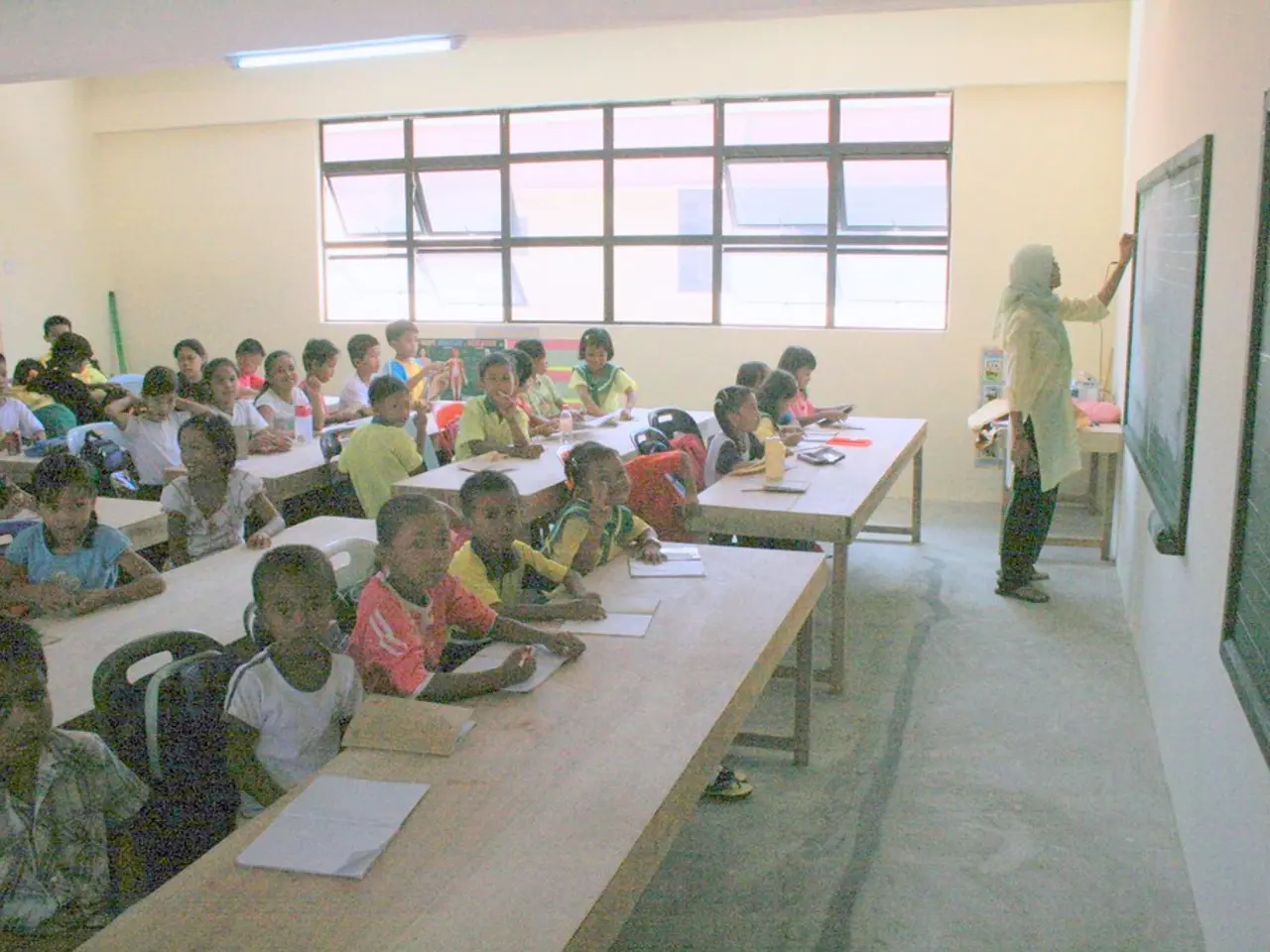Enhancing Accessibility through Technology: Top 5 Strategies for Utilizing Virtual American Sign Language Interpreters
In the realm of education, ensuring that all students have equal access to learning is paramount. For the deaf community, American Sign Language (ASL) interpreters play a crucial role in bridging the gap between spoken and signed languages. However, it's essential to understand that the interpretation of ASL is not a word-for-word translation, but an interpretation of the message.
When hiring an ASL interpreter, it's recommended to ask for their EIPA score and level. The Educational Interpreter Performance Assessment (EIPA) rates interpreters on their signing ability, and each state has specific criteria and minimum requirements. It's important to make sure that the interpreter has scored high enough on the EIPA. Someone with an EIPA score less than 3 is likely not qualified for the job.
The EIPA scores are linked to certain grade levels, so someone who scores a high rating for elementary school may not be qualified for high school events. Therefore, it's crucial to hire interpreters who are appropriately skilled for the specific educational level.
Pausing regularly during class interactions allows time for ASL interpreters and deaf students to communicate their thoughts or ask questions. This encourages active participation and ensures a more engaging learning experience.
Providing lesson plans and key vocabulary to ASL interpreters ahead of time is essential for making content accessible and clear for deaf students. This preparation helps the interpreters to deliver accurate and timely translations, enhancing the overall learning experience.
Recent collaborations between institutions like Gallaudet University and Proximity Learning are paving the way for the deployment of ASL interpreters in classrooms, making education more inclusive for the deaf community.
However, it's important to note that there is a lag time and delay in ASL interpretation due to technology. As we continue to advance in this field, efforts are being made to reduce this delay and improve the overall quality of ASL interpretation in education.
In conclusion, hiring qualified ASL interpreters, providing them with necessary resources, and fostering an inclusive learning environment are key steps in ensuring that deaf students have equal access to education.





